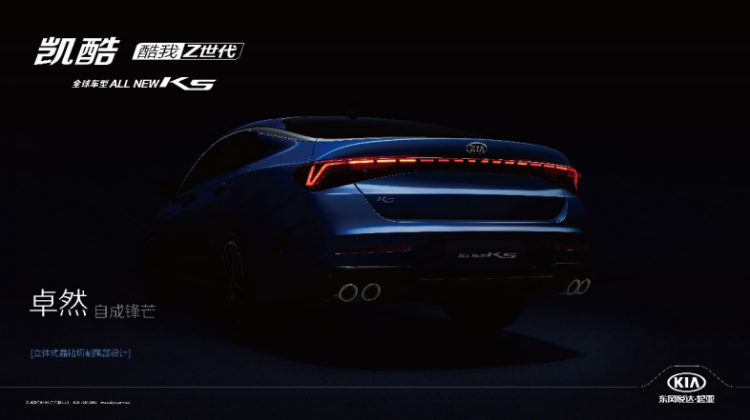On March 10, Changan Automobile opened China’s first L3 autonomous driving mass production experience in Chongqing, and the Changan UNI-T equipped with L3 autonomous driving technology drove on the open road. Zhu Huarong, president of Changan Automobile, personally acted as the anchor. Under the witness of netizens, he completed the challenge of 23 kilometers of various complex road conditions, and showed the outside world the actual measurement of the open road section, freeing hands, feet and eyes for driving.
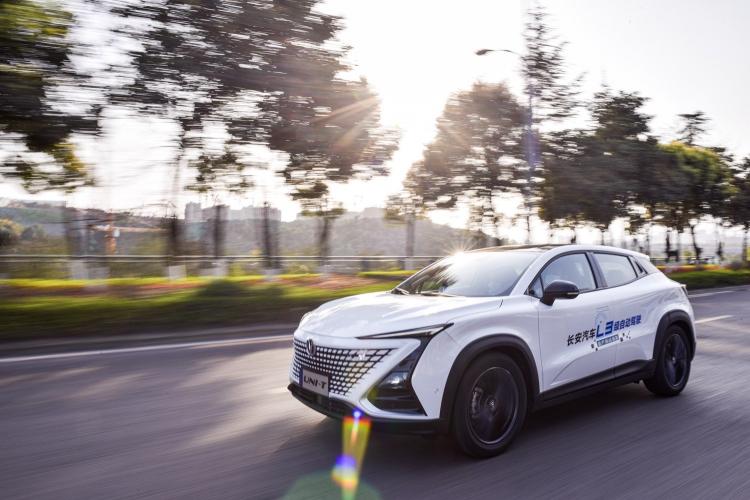
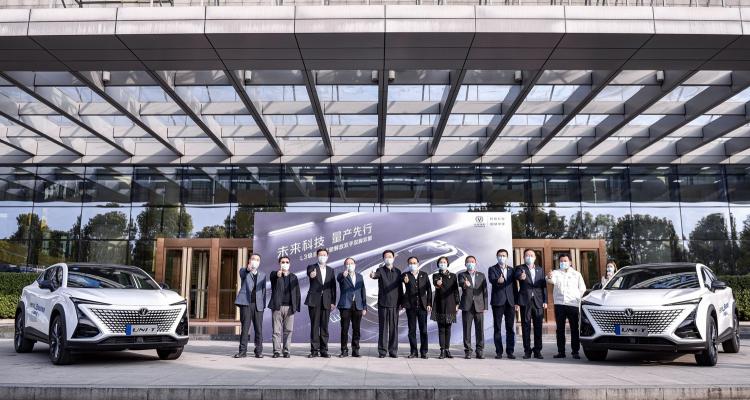
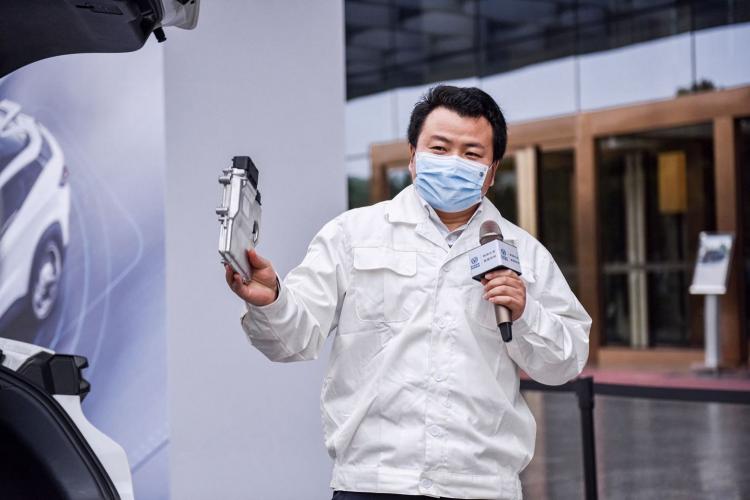
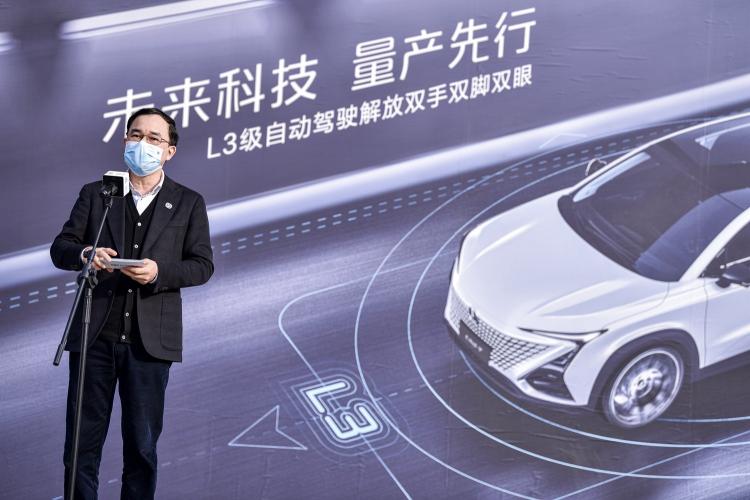
It is understood that among the current mass-produced cars in China, there is no model that has truly reached the level of L3 autonomous driving. Changan Automobile has shown that it already has this kind of self-driving car through its just-launched new car UNI-T (the first model of the Gravity series). ability. L3 autonomous driving technology is a watershed between “assisted driving” and “autonomous driving”, which means that part of the driving responsibility is shifted from human to automatic driving system, marking that China’s auto industry has entered a new era of autonomous driving.

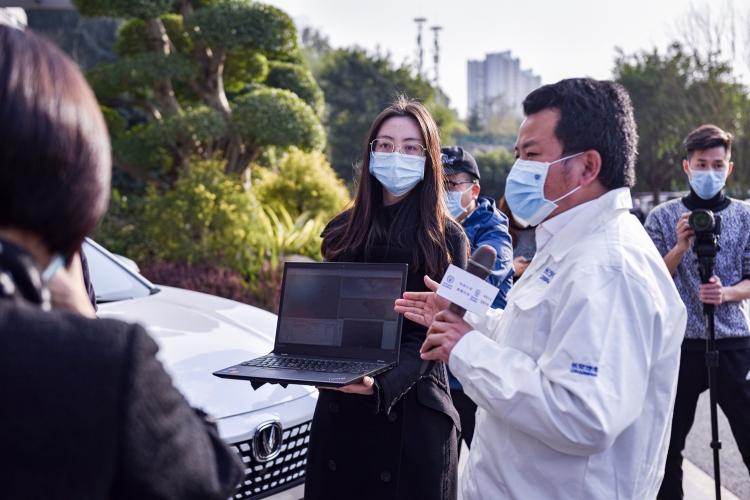
Technical highlights of Changan Automobile’s L3 autonomous driving system
Changan Automobile’s L3 level automatic driving system, the sensing range covers 3 360-degree external environment sensing, and integrates 3 sensing systems with different physical characteristics. Among them, the front realizes 5-fold sensing redundancy, the maximum detection distance is greater than 200 meters, and the measurement accuracy can be guaranteed. Up to 10 cm, with 5 millimeter-wave radars, 6 cameras, and 12 ultrasonic radars as the main sensors, it can effectively identify various targets and obstacles such as vehicles, pedestrians, and cyclists in the driving environment of the vehicle, and can sense the driver at the same time It provides a reliable basis for the intelligent decision-making of the automatic driving system. At the same time, it can effectively identify information such as lane lines, guardrails, and traffic signs. Combined with road information of high-precision maps and ADAS maps, it can obtain up to 8 kilometers in real time. The road information in the vehicle can realize lane-level high-precision positioning and precise path planning, which can effectively ensure the accuracy of autonomous driving tasks.

Camera: After the image is collected by the lens, the photosensitive component circuit and control component in the camera process the image and convert it into a digital signal that can be processed by the computer, and realize the recognition of the vehicle driving environment through machine vision technology. Its advantage lies in its high resolution and the ability to detect the texture and color of objects. Cameras are mainly used in lane marking recognition, street sign recognition, 360 panoramic images, forward collision warning, lane departure warning, pedestrian and vehicle detection and other functions.
Millimeter-wave radar: millimeter-wave radar refers to the use of millimeter-wave wavelengths at the millimeter level, that is, millimeter waves with a frequency of 30GHZ-300GHZ. By measuring the time difference of echoes, the relative distance, relative speed, angle and movement between the car and other objects can be obtained after processing. direction data. Millimeter wave radar was first used in the military field, and with the improvement of the technical level, it began to be gradually applied in the automotive field. Millimeter wave radar has three major advantages: 1) Stable detection performance, long working distance (160 meters), and good environmental applicability. 2) Compared with ultrasonic radar, it has the characteristics of small size, light weight and high spatial resolution. 3) Compared with optical sensors, millimeter-wave radar has a strong ability to penetrate fog, smoke, and dust, and has the characteristics of all-weather and all-weather.
Ultrasonic radar: The working principle of ultrasonic radar is to measure the distance by the time difference when the ultrasonic transmitter sends out ultrasonic waves to the receiver and receives the sent ultrasonic waves. In automatic driving, the basic application of ultrasonic radar is parking assist warning and collision warning in blind spots. Ultrasonic radar has advantages in short-distance measurement, with a detection range of 0.1-5 meters and high accuracy, so it is very suitable for low-speed scenarios.
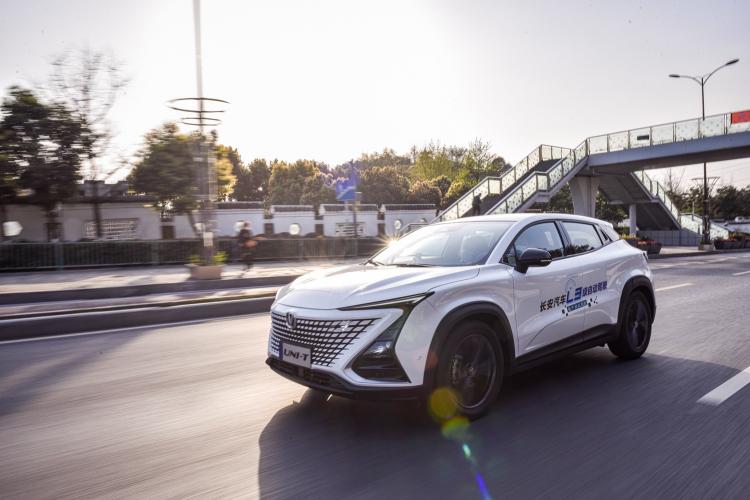
Technical advantages of Changan Automobile’s L3 automatic driving system
1. Establish a software development process (CA-SDS) for autonomous driving (including 6 key milestones and more than 300 types of research and development documents). Changan Automobile has independently developed and completed the core technology development of the L3 automatic driving system, and has full autonomy for all system algorithms. intellectual property.
2. Complete tens of thousands of scene matching tests and 50 million kilometers of test mileage.
3. In a specific electronic fence (including typical highways and urban expressways), in the traffic jam scene, it is possible to take off your feet, hands, and eyes for a long time until the system reminds you to take over. The maximum supported speed is 40km /h (the system dynamically adjusts the maximum speed of automatic driving in traffic jams according to the safety risks of the surrounding environment, and can support a maximum speed of 40km/h). If the user still does not take over after being reminded to take over, the risk mitigation strategy will be implemented to slow down and stop.
(1) Eyes-free: In congested situations, keep a safe distance from the vehicle in front and drive automatically. After liberating the driver’s eyes, the driver can play with the mobile phone or watch the car. The limited entertainment functions in the manual driving mode allow the driver to use them.
(2) Follow-up start-stop: During automatic driving under congested conditions, the system will realize that the vehicle follows the vehicle in front to decelerate, stop and restart. Within 3 minutes of parking, it can automatically start following the vehicle in front.
(3) Safety handling of cutting in by the vehicle in front: During automatic driving under congested conditions, when an adjacent vehicle cuts in front of the vehicle, the system automatically adjusts the speed of the vehicle to maintain a safe distance from the cutting vehicle.
4. In a specific electronic fence (including typical expressways and urban expressways), when the vehicle speed is higher than 40km/h, it is possible to take off the feet and hands for a long time, and the user needs to monitor the front, and the driver can trigger the switch during use. lane (that is, after the driver toggles the turn signal, the vehicle changes lanes by itself). If the user still does not take over after being reminded to take over, the system will implement a risk mitigation strategy and slowly decelerate to a stop.
(1) Transition from congestion to non-congestion: When the congestion in front of the vehicle is lifted and the speed of the vehicle in front is higher than 40km/h, the system maintains control over the speed and steering of the vehicle and reminds the driver to resume monitoring the road environment ahead. After the status monitoring system confirms that the driver’s eyes are back to monitoring, he will keep driving smoothly in the lane.
(2) Safe cornering: When approaching a curve, it will automatically adjust to a safe cornering speed to maintain safe driving.
(3) Automatic speed limit: The system automatically recognizes the speed limit information, and automatically sets the speed limit as the target cruise speed according to the relative relationship between the set cruise speed and the speed limit.
(4) The driver triggers lane change: When the speed of the vehicle is higher than 50km/h, the system monitors the feasibility of lane change after the driver turns on the turn signal, and controls the vehicle to automatically change lanes to the adjacent lane in the direction of the light. Free the hands and feet of the driver, but do not take your eyes off and keep an eye on the driving environment.
(5) Smart recommended lane change: When the speed of the vehicle is higher than 50km/h, it is detected that the vehicle is following the vehicle in front and slowing down for a long time (its actual speed is lower than the set speed), the system will actively remind you to change lanes to an available target lane, and drive After the driver confirms, it will automatically change lanes. During the lane change process, the driver’s hands and feet will be freed, but the driver must not take his eyes off and must keep an eye on the driving environment.
5. Regardless of low speed or high speed, the system will dynamically identify the driver’s status.
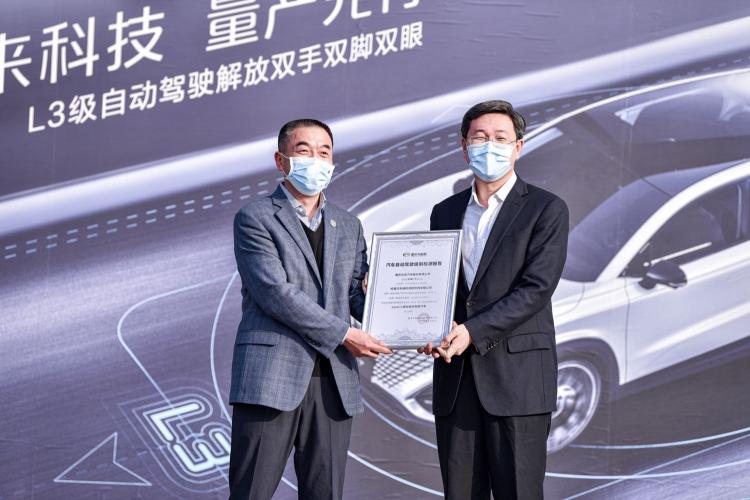
Changan Automobile’s autonomous driving research and development history and achievements
As early as 2009, Changan realized the importance of autonomous driving technology, and started the overall layout and planning of autonomous driving, and began to form a team to develop a project for autonomous driving vehicles. In 2011, functional prototypes such as forward collision warning and lane departure warning were developed based on the Zhixiang platform; in 2013, functional prototypes such as adaptive cruise control and automatic emergency braking were developed based on the Yidong platform; in 2015, a vehicle with automatic parking was developed based on the CS35 platform In 2016, Changan Automobile became the first automaker to realize 2000km long-distance unmanned driving test; in 2018, Changan Automobile achieved L2 level IACC integrated self-adaptive Cruise and APA4.0 automatic parking are the domestic mass production debuts; in 2019, Changan Automobile will achieve the industry’s first mass production of APA5.0 automatic remote control parking system, realizing one-button remote control and worry-free parking. Up to now, Changan Automobile has mastered more than 200 intelligent core technologies, and more than 70 intelligent functions are equipped on mass-produced models, of which more than 21 are domestic firsts.
In the field of autonomous driving, Changan Automobile has successively achieved the “seven firsts” of Chinese brands: the first to realize the 2000-kilometer unmanned long-distance test, the first to realize the mass production of APA4.0, the core technology of autonomous driving, and the first to realize APA6 .0 high-level automatic parking function, the first to realize the mass production of the core technology of automatic driving IACC, the only Chinese auto company that has obtained the test license for smart cars in China and the United States, the first public display of L4 automatic driving (Fuzhou Digital China Summit). It is the first in China to realize the L4 demonstration operation of the semi-open park, providing the last mile travel plan. It is the first to conduct mass production technology testing of L3 autonomous driving in China. In addition, in 2018, 55 Changan Automobiles also set a Guinness World Record for the world’s first “largest self-driving car parade”, creating a legendary history of Chinese brands.
The development process and achievements of Changan Automobile’s intelligent strategy
In 2018, under the strategic guidance of the third entrepreneurship-innovation and entrepreneurship plan, Changan Automobile released the “Beidou Tianshu Plan” intelligent strategy, and through the “4+1” action plan, Changan Automobile promoted Changan Automobile from a traditional automobile manufacturing enterprise to an intelligent one. Transformation of mobility technology companies. At present, an intelligent research and development model has been formed in which China and the United States divide labor and cooperate, jointly develop, and each has its own focus. At the same time, cooperate with Huawei, Tencent, Baidu, NXP, Bosch and other world-class enterprises to create a Beidou Tianshu strategic alliance.
Up to now, in the field of intelligent network connection, Changan Automobile has achieved the “six firsts” of Chinese brands: Changan incall intelligent vehicle information service system has achieved its own brand debut, led the first V2X project supported by the national 863 plan, and joined the American smart car The first Chinese brand of Alliance MTC, the first car-level certification of Beidou chip in China, the first self-owned brand to release online maps, the first Chinese brand to independently build a unified vehicle cloud service platform, supporting 1.5 million connected products, comprehensive Covering all its car series, meeting the service needs of Changan’s Internet of Vehicles, and realizing online vehicles, people and services.

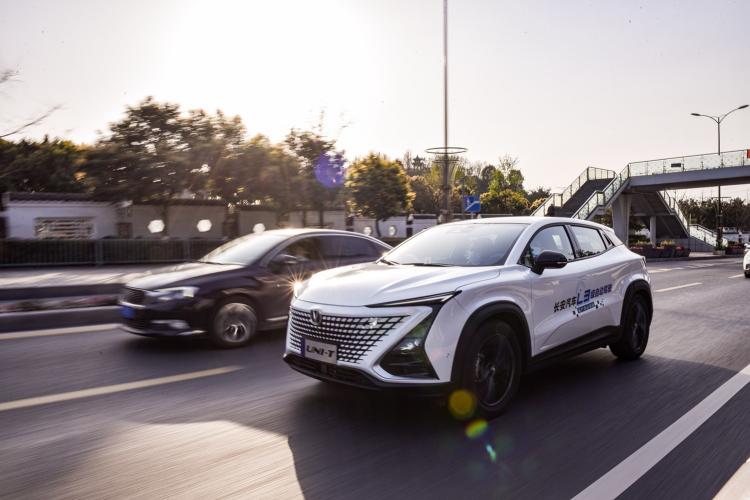
From L0 to L5, automatic driving classification introduction
L0-level driving automation: that is, emergency assistance, the system does not continuously control the steering wheel, does not continuously control acceleration and deceleration, and only provides alarm, assistance or short-term intervention to assist the driver.
L1 level driving automation: that is, partial driving assistance, the system provides driving control for one of the steering wheel and acceleration and deceleration, and the human driver is responsible for the remaining driving tasks (including monitoring the environment, remaining driving operations and taking over when necessary).
L2 driving automation: that is, combined driving assistance, the system provides driving control on the steering wheel and acceleration and deceleration at the same time, and the human driver is responsible for the remaining driving tasks (including monitoring the environment and taking over when necessary).
L3 level driving automation: that is, conditional automatic driving. When the system meets the design operating conditions, it can perform all dynamic driving tasks (including the perception of the environment, steering wheel and acceleration and deceleration control). When the design operating conditions are about to not be met, the system requests Human users take over.
L4-level driving automation: that is, highly automated driving. When the system meets the design operating conditions, it can perform all dynamic driving tasks (including perception of the environment, steering wheel and acceleration and deceleration control). When the design operating conditions are not met, the system can perform Automate minimal risk handling.
L5 level driving automation: that is, fully automatic driving, the system continuously performs all dynamic driving tasks under any driving conditions, without the need for human users to take over.
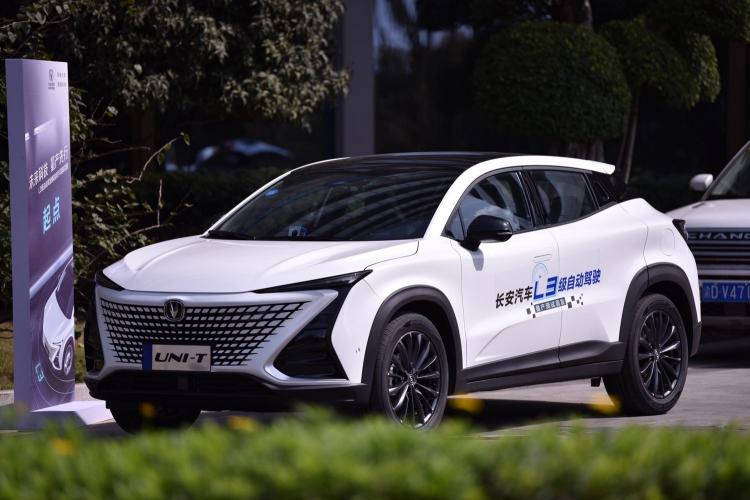
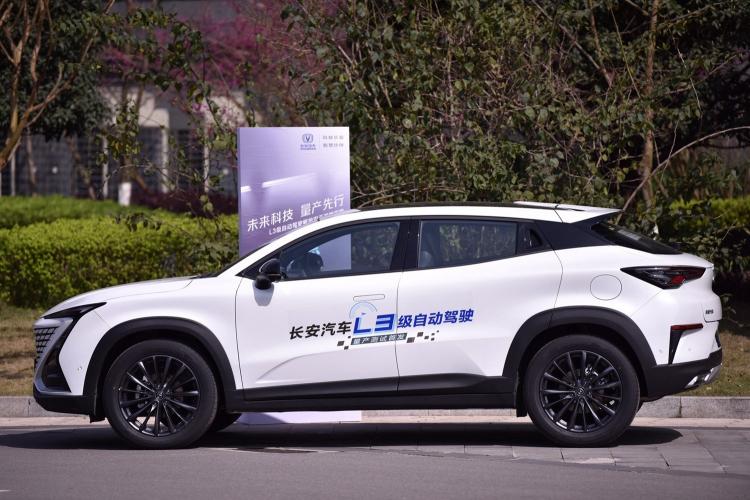
Write on the back:
L3 level automatic driving will free the user’s attention from congested road conditions, return the time wasted in congested conditions to the user, and make driving easier and safer. In addition to the continuous advancement of technology, the realization of real autonomous driving on actual roads also needs to rely on the improvement of infrastructure and the permission of relevant laws and regulations.
Through this mass production experience activity of Changan Automobile’s L3 autonomous driving, we have experienced the future autonomous driving technology and realized the real L3 autonomous driving that liberates our eyes. Changan Automobile’s L3 autonomous driving mass production experience event is of milestone significance. It not only means that drivers will drive more easily in the future, but also marks that Changan Automobile and China’s auto industry have truly entered from “driving assistance” to “automatic driving”. driving” era.




